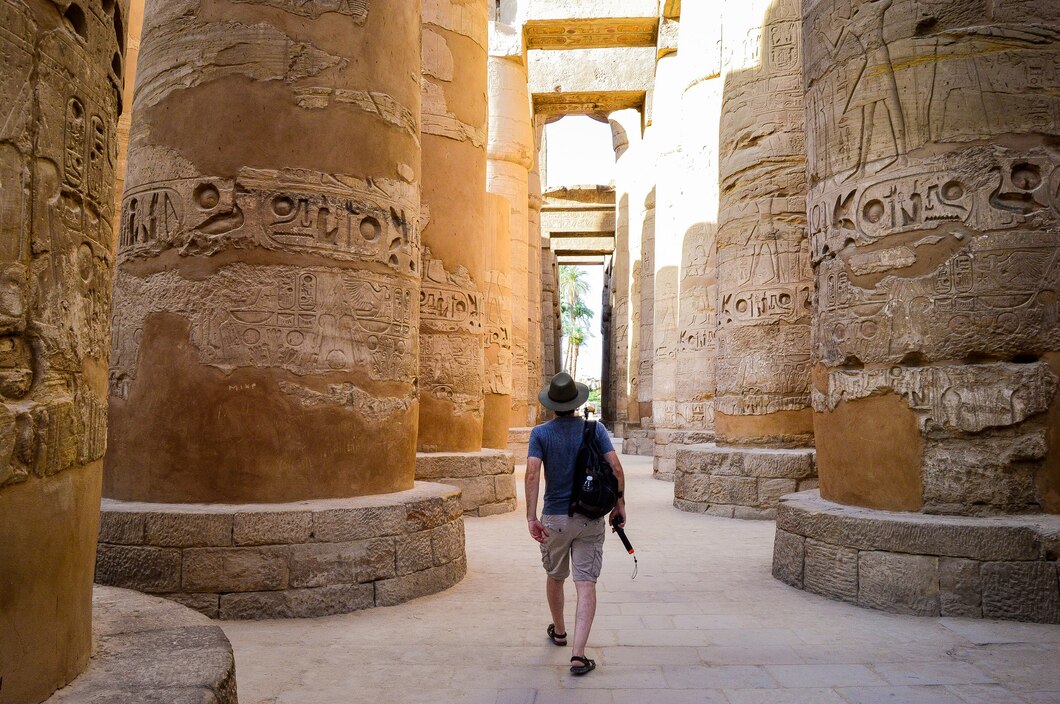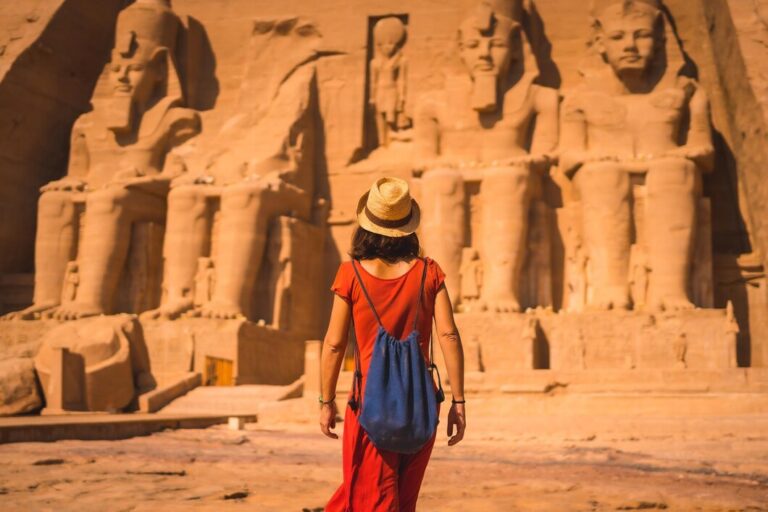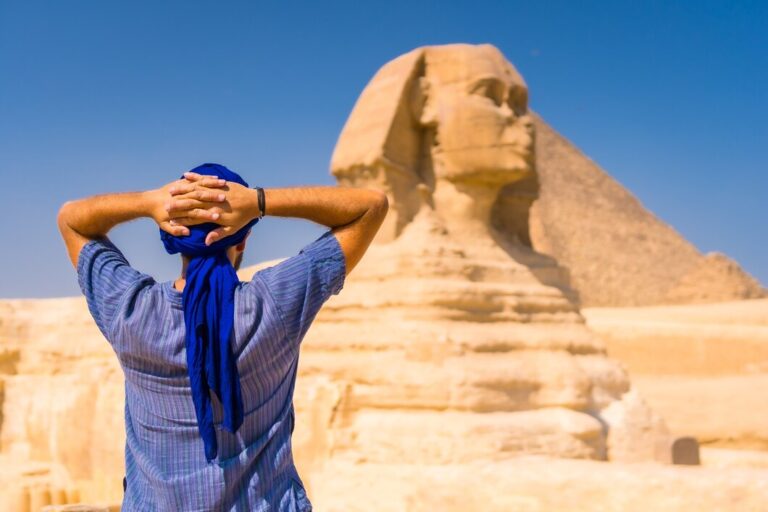Colossi Of Memnon – Giant Statues In Luxor, Egypt
The Colossi of Memnon are among Egypt’s most iconic and enduring ancient monuments, standing majestically on the west bank of the Nile near Luxor. These colossal statues, each depicting Pharaoh Amenhotep III, have fascinated travelers and historians for centuries. Erected to guard the entrance to Amenhotep III’s mortuary temple, the Colossi of Memnon are notable for their grandeur and the mysteries that surround their history and preservation.
Historical Background
Pharaoh Amenhotep III
The Colossi of Memnon were commissioned by Pharaoh Amenhotep III, who ruled during the 18th Dynasty of the New Kingdom, around 1386-1349 BCE. The statues originally flanked the entrance to Amenhotep III’s mortuary temple, a vast complex dedicated to his worship and to the gods. The temple itself has long since disappeared, leaving the Colossi as solitary remnants of its grandeur.
Construction and Purpose
The statues were constructed from sandstone quarried from the Gebel el-Silsila region and were originally over 18 meters (59 feet) high. They were intended to serve as monumental guardians of the temple complex, symbolizing the divine nature and eternal rule of Amenhotep III. The statues depict the Pharaoh seated with his hands resting on his knees, dressed in the traditional nemes headdress and adorned with royal regalia.
The Statues’ Features
Size and Appearance
Each Colossus stands approximately 18 meters (59 feet) tall and weighs around 720 tons. The statues are carved from a single block of sandstone and represent Amenhotep III seated with his legs apart and hands on his knees, a posture that emphasizes both power and stability. The detailed carvings on the statues include intricate patterns on the headdress and inscriptions that celebrate Amenhotep III’s achievements and divine status.
The Broken Colossus
One of the statues, known as the “Broken Colossus,” suffered significant damage due to an earthquake in 27 BCE. The statue’s lower half is shattered, with only the upper portion remaining relatively intact. Despite the damage, the Colossus retains its impressive presence and continues to capture the imagination of visitors.
Legends and Significance
The Singing Statues
The Colossi of Memnon are famous for a phenomenon known as the “singing statues.” According to ancient accounts, the statues emitted musical sounds at dawn, which were believed to be the voices of the Pharaoh or divine manifestations. This effect was likely caused by the expansion and contraction of the stone due to temperature changes, creating eerie and resonant noises.
Cultural Impact
Throughout history, the Colossi of Memnon have been subjects of fascination and study. The statues were among the first Egyptian antiquities to attract the attention of European travelers and archaeologists. They have been depicted in various artworks and writings, symbolizing the enigmatic allure of ancient Egypt.
Visiting the Colossi of Memnon
Location and Accessibility
The Colossi of Memnon are situated on the west bank of the Nile, near the village of Qurna, approximately 4 kilometers (2.5 miles) from the city of Luxor. The site is easily accessible by taxi, tour bus, or horse-drawn carriage from Luxor. Many visitors combine their trip to the Colossi with visits to nearby attractions such as the Valley of the Kings and the Temple of Hatshepsut.
What to Expect
Visitors to the Colossi of Memnon can explore the area around the statues and appreciate their sheer scale and the intricacy of their carvings. There are no extensive facilities on-site, so it’s advisable to bring water, sun protection, and comfortable walking shoes. The site offers excellent photographic opportunities, particularly during the early morning or late afternoon when the light enhances the statues’ dramatic presence.
Guided Tours
To gain a deeper understanding of the Colossi of Memnon and their historical context, consider joining a guided tour. Guides can provide valuable insights into the statues’ history, construction, and the legends associated with them. Many tours include visits to nearby archaeological sites, making for a comprehensive exploration of the area.
Nearby Attractions
Valley of the Kings
Located a short distance from the Colossi of Memnon, the Valley of the Kings is the burial site of many New Kingdom pharaohs, including Tutankhamun. The valley features richly decorated tombs and offers a fascinating glimpse into ancient Egyptian funerary practices.
Temple of Hatshepsut
The Temple of Hatshepsut, also on the west bank, is an impressive mortuary temple dedicated to the female Pharaoh Hatshepsut. Its striking architecture and well-preserved reliefs make it a must-visit site for anyone exploring the area.
Medinet Habu
Medinet Habu, the mortuary temple of Ramses III, is another significant site nearby. The temple features extensive reliefs and inscriptions that provide insight into the reign of Ramses III and the architectural style of the period.
Conclusion
The Colossi of Memnon stand as enduring symbols of ancient Egypt’s grandeur and the enduring power of its rulers. Their imposing presence and the mysteries surrounding their history and legends continue to captivate visitors from around the world. A visit to these magnificent statues offers a tangible connection to the ancient past and a profound appreciation for the artistry and engineering of one of Egypt’s most revered pharaohs.







